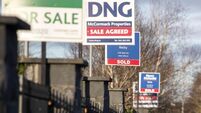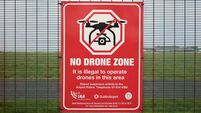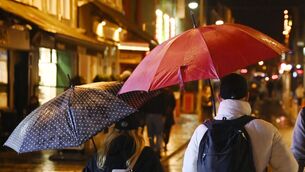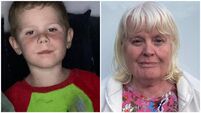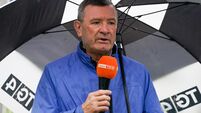DNA 'match to barracks killers'
DNA found in a getaway car used in the shooting of two British soldiers is almost six trillion times more likely to belong to one of the alleged murderers than someone else, a court heard.
A match between another genetic sample discovered in the vehicle and the second man accused of the killings of Mark Quinsey and Patrick Azimkar is around six billion times more probable than it matching another person, a DNA expert told Antrim Crown Court.







